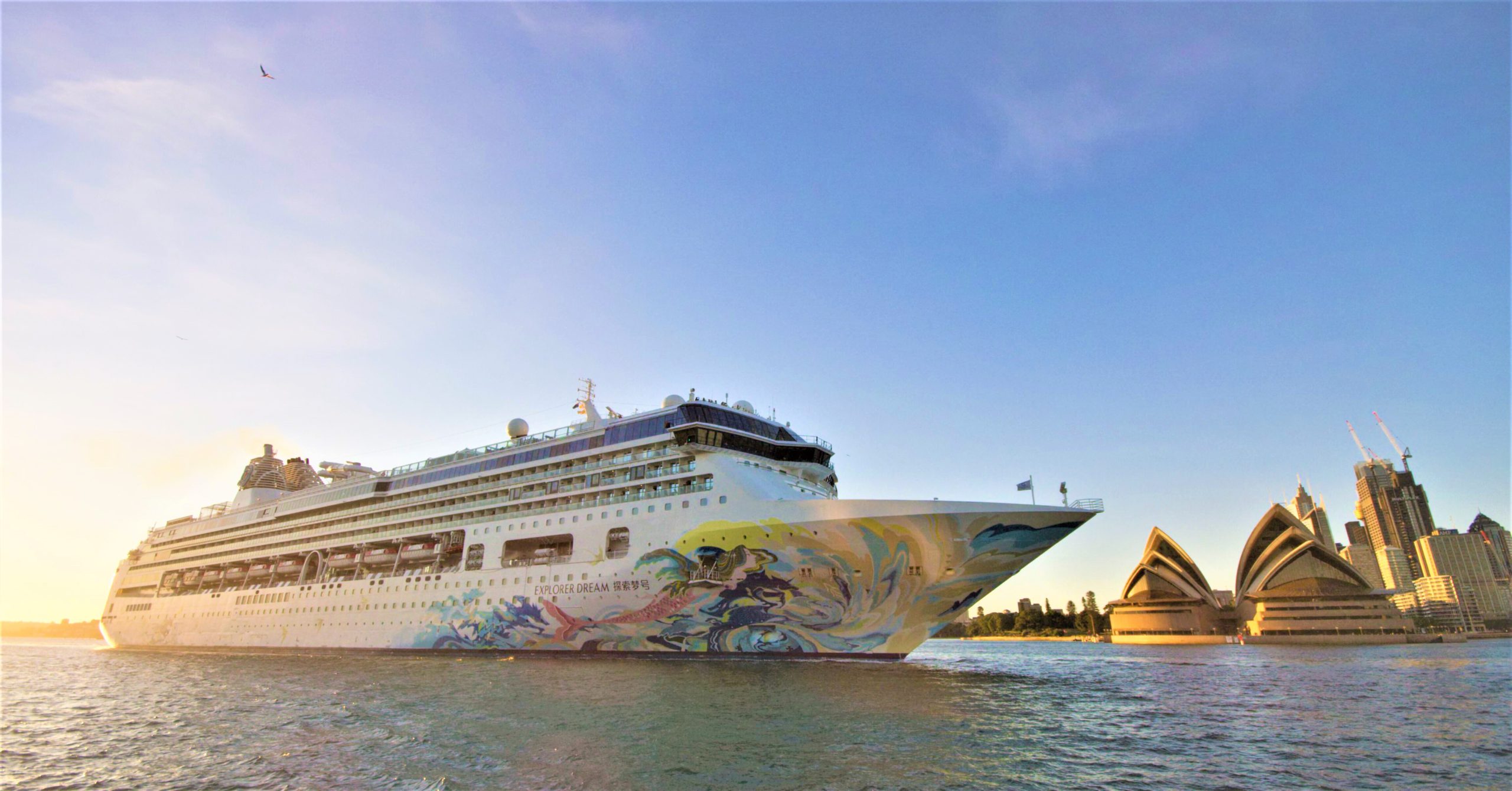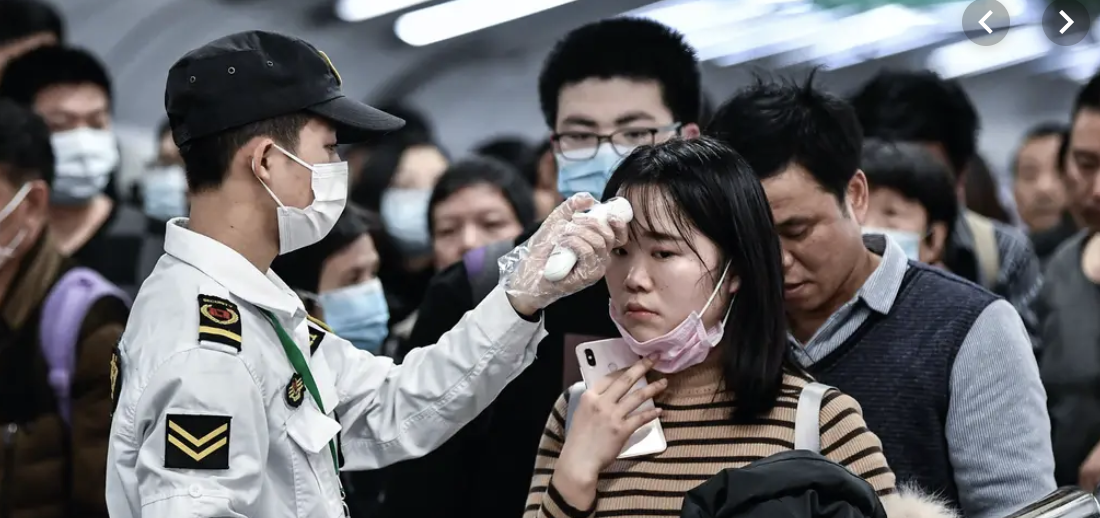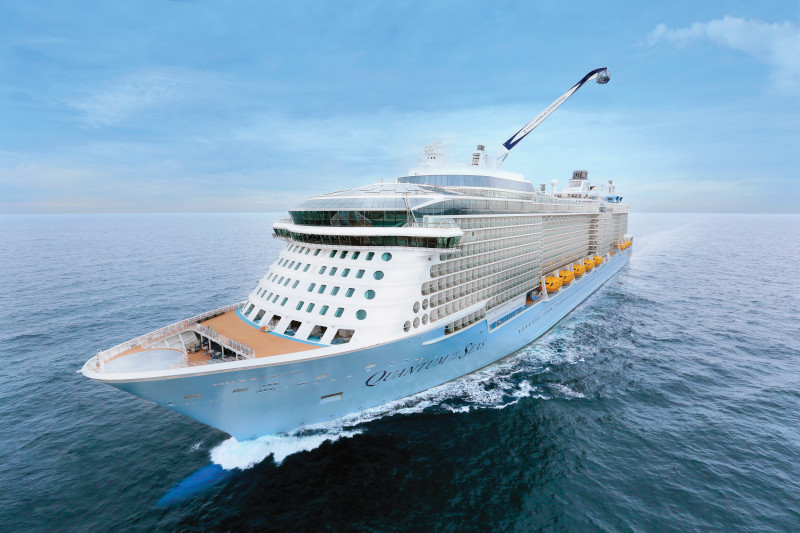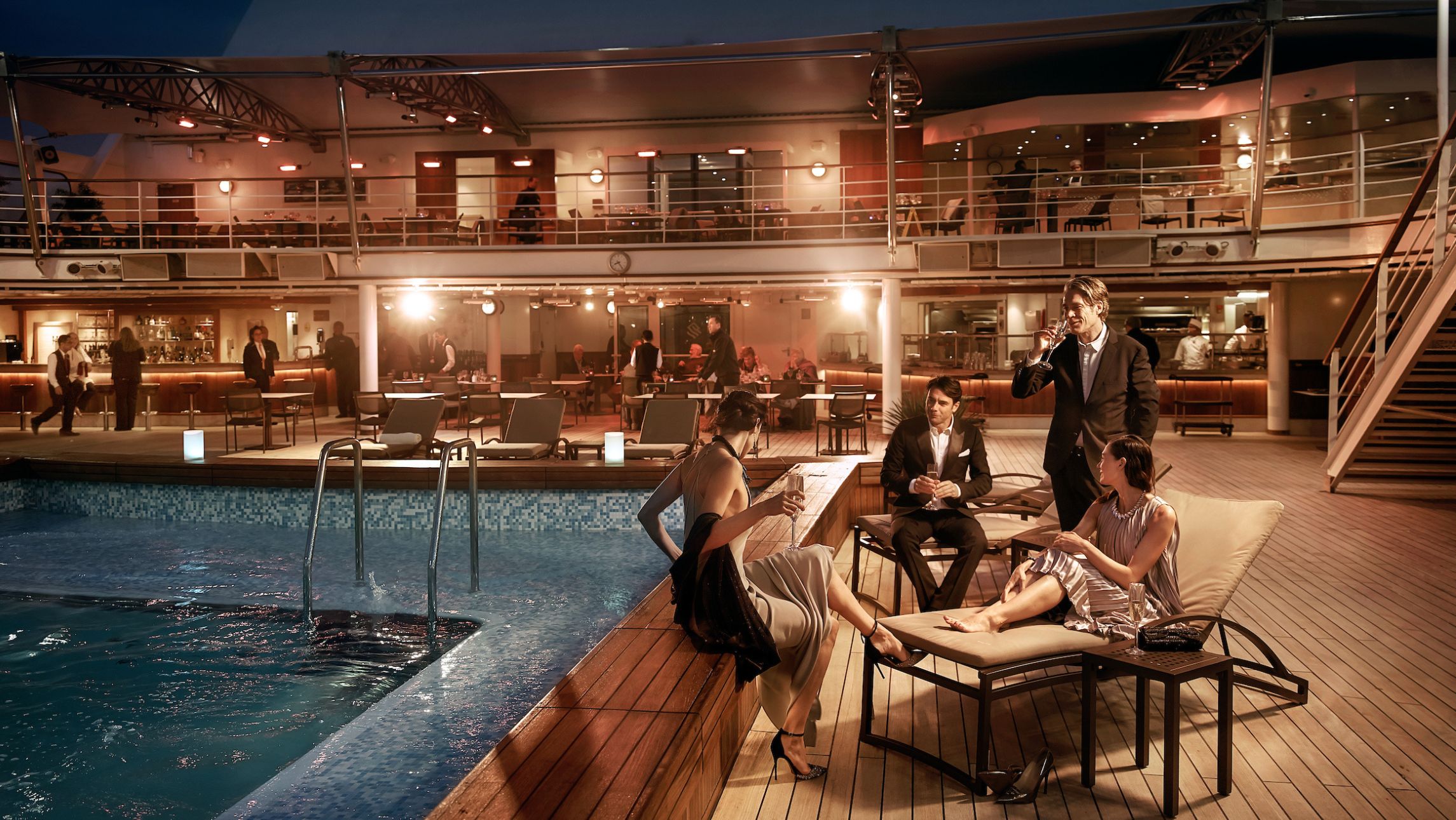The Centre for Disease Control and Prevention, the powerful body that banned cruise ships from sailing in US waters seven months ago because of the global pandemic, has issued a new order allowing a “conditional resumption”.
The move, which came on the day its ban on cruise ships expired, means a “framework for a phased resumption of cruise ship passenger operations” has been agreed.
The news is a huge positive for the cruise industry, which has already published detailed health precautions for both passengers and crew, and which has trialed some limited sailings in Europe with success.
Asia is about to trial short cruises from Singapore at the start of November.
Australian cruise lines are expected to use the agreement as a blueprint to restart cruising in the region. Australia’s cruise ban ends on December 17, and this represents the first major breakthrough allowing the industry to put a case for a phased restart.
But the rules are tough, including trial cruises with volunteer passengers who will be tested while the line tests dining, entertainment and embarkation and evacuation procedures before vessels obtain a certificate saying they are fit to sail.
 Cruise Lines International Association Australasia MD Joe Katz told Cruise Passenger:
Cruise Lines International Association Australasia MD Joe Katz told Cruise Passenger:
“Like the US-CDC’s announcement of a phased resumption of US cruising, and initiatives in other parts of the world for limited and controlled restart, we are advocating for a similar measured and carefully managed resumption of local cruise itineraries in Australia and NZ that work within our international border restrictions.
“Our region’s success in stemming community transmission creates an opportunity to revive the economic contribution and jobs that cruising brings to local communities, while at the same time implementing extensive enhanced measures to uphold the health and safety of guests, crew and the communities we visit.”
The statement from the CDC says: “Considering the continued spread of COVID-19 worldwide and increased risk of COVID-19 on cruise ships, a careful approach is needed to safely resume cruise ship passenger operations.
“CDC is establishing requirements to mitigate the COVID-19 risk to passengers and crew, prevent the further spread of COVID-19 from cruise ships into U.S. communities, and protect public health and safety.
“After expiration of CDC’s No Sail Order (NSO) on October 31, 2020, CDC will take a phased approach to resuming cruise ship passenger operations in U.S. waters.”
The CDC’s 40-page statement says initial phases will consist of testing and additional safeguards for crew members, including laboratory capacity on ships.

Trial and simulated cruises will then begin to test the ability to limited the risk of any illness to passengers, crew and shore communities.
Subsequent phases will include:
- Simulated voyages to test cruise ship operators’ ability to mitigate COVID-19 risk,
- Certification for ships that meet specific requirements
- A phased return to cruise ship passenger voyages in a manner that mitigates COVID-19 risk among passengers, crew members, and U.S. communities
“These phases are subject to change based on public health considerations and cruise ship operators’ demonstrated ability to mitigate COVID- 19 risk. CDC will issue additional orders as needed,” the CDC maintains.
Here’s how the CDC sees a cruise resumption:
All ships must be certified to sail and comply with health regulations
Ships will be certified if they have:
- Sailed “simulated voyages” that include volunteer passengers
- Tested embarkation and disembarkation of at terminals, including the evacuation of sick passengers or crew
- Trialed dining and entertainment activities,
- Tested the transfer of passengers or crew who have symptoms or have tested positive from cabins to isolation rooms and can quarantine passengers and crew
Initially, cruises will be restricted to seven days or less. This may change depending on health conditions

Passengers and crew must be tested for Covid-19 and screened for signs of Covid-19 on the day of embarkation, and vessels will refuse to board anyone who is suspected of having Covid-19 or is an identified contact of a confirmed or suspected case.
Importantly, test results must be available prior to boarding or leaving a ship.
Social distancing measures, hygiene and hand washing measures must meet CDC requirements.
Any passenger or crew reporting illness consistent with Covid-19 during a cruise must be tested, along with any close contacts.
To protect communities on shore, cruise lines must have medical agreements in place to enable evacuation to hospitals of both crew and passengers, and a plan for their stay and eventual return home.

Cruise Lines International Association president and CEO Kelly Craighead gave the new regulations a guarded welcome.
“While we look forward to reviewing the new Order in detail, we expect much of the Healthy Sail Panel’s recommendations, which were adopted by CLIA’s Global of Directors earlier this month, have been considered and will serve as an important foundation. The cruise industry and the CDC have a long track record of working together in the interest of public health, and we look forward to continuing to build upon this legacy to support the resumption of cruising from U.S. ports.
“With enhanced measures in place, and with the continued guidance of leading experts in health and science as well as the CDC, we are confident that a resumption of cruising in the U.S. is possible to support the economic recovery while maintaining a focus on effective and science-based measures to protect public health.”








